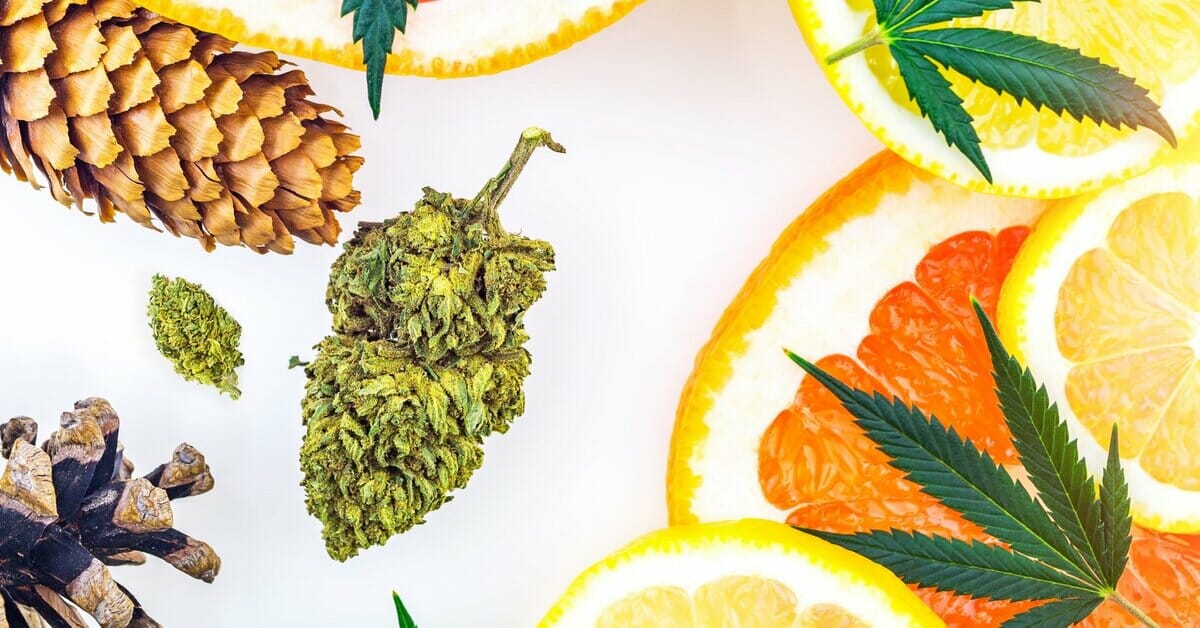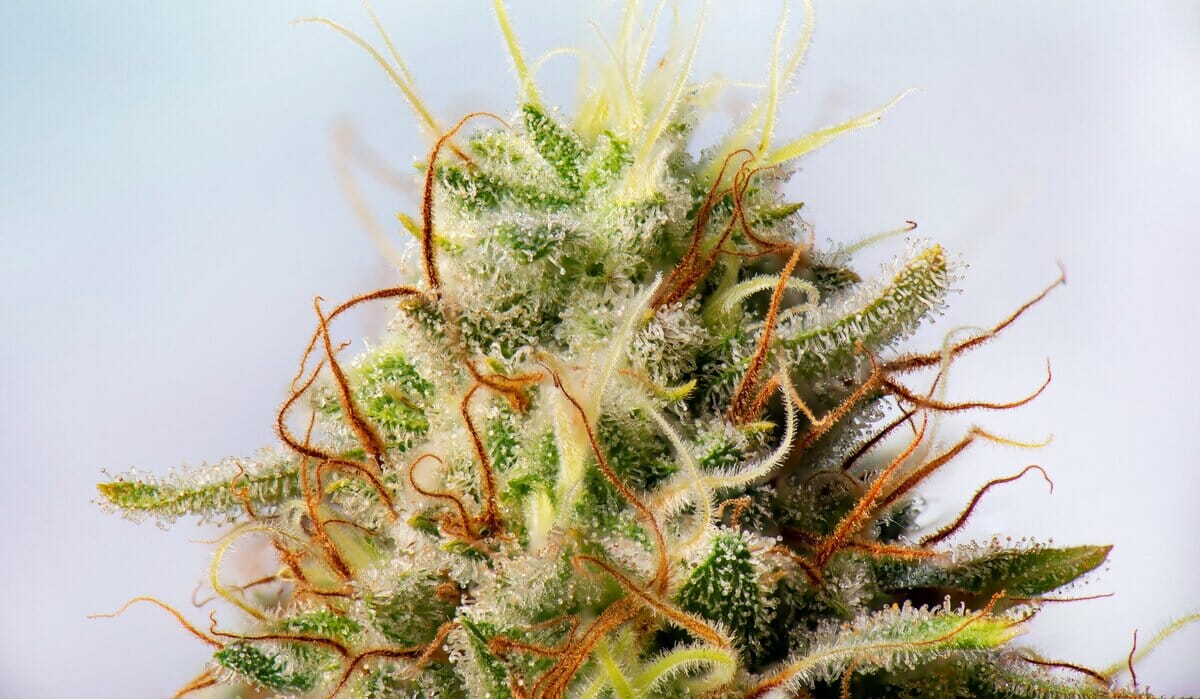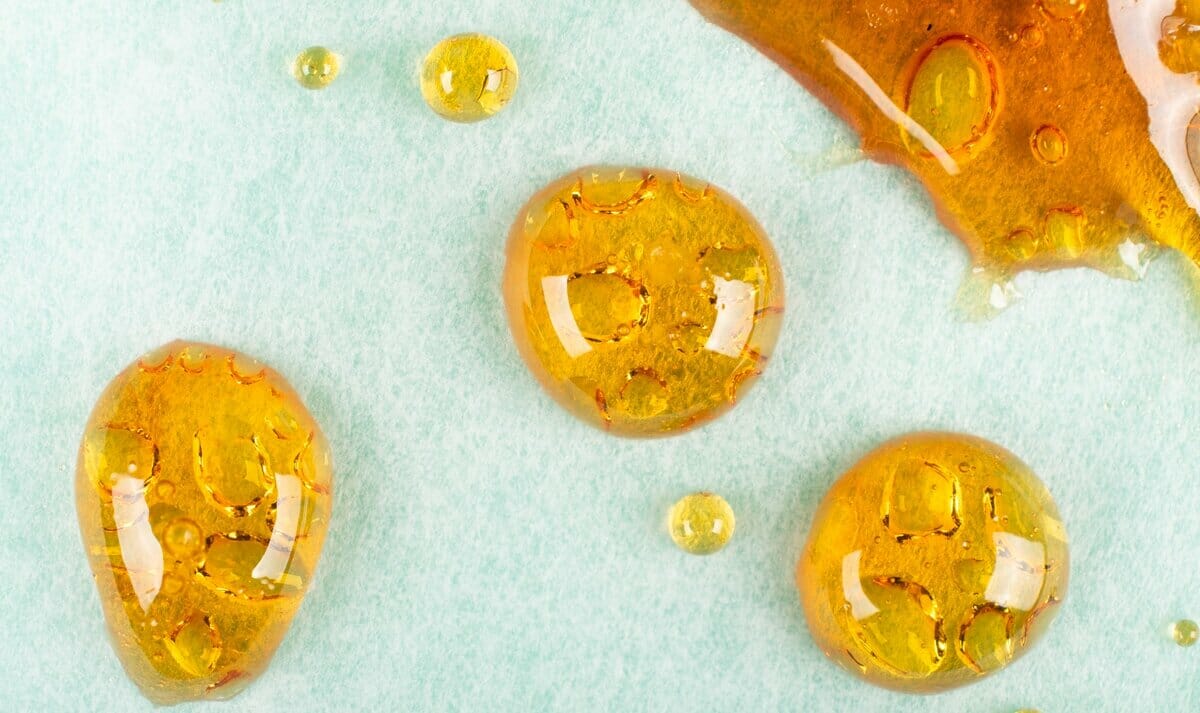Terpene Talk – Using Cannabis-Derived Terpenes to Find Your Perfect Strain
Written by Chris Weatherall on Oct 15, 2021
Cannabis lovers enjoy products for a number of reasons. The aroma of some flower strains is undeniable and mouthwatering. What’s responsible for such an impactful sensation? It’s terpenes, or “terps.” Most plants contain a whole bunch of terpenes. Cannabis has over one hundred of them!
So, you may know certain strains from respective aromas. These aromas are created by naturally occurring chemical compounds. “Terpenes” is much easier to say. Terpenes make some marijuana smell fruity while other strains are spicy, floral, or earthy.
What Do Cannabis Derived Terpenes Affect?
The particular combination of terpenes present in a cannabis strain will affect that strain in three major ways:
- Smell
- Flavor
- Therapeutic and medicinal properties
Understanding the various effects of cannabis derived terpenes—what they mean for your nose, the taste, any medicinal results, and your overall cannabis consumption experience—can help you locate a new favorite strain or product. Even casual or infrequent cannabis users will benefit from a better understanding of terpenes, and how they affect the flavor, smell, and therapeutic properties of a particular cannabis strain.
What are Cannabis Terpenes?
Terpenes are the chemical compounds that give certain plants and plant derived products their unique aromatic profile. The sharp zest of cutting into a citrus fruit, the hearty vibe of a pine forest, the overpowering spice of a freshly crushed peppercorn, and the powerful whiff you get when you crack open a new package of cannabis flower are all thanks to terpenes.
The purpose of terpenes in nature, from an evolutionary perspective, is mostly a matter of self defense and self preservation. Odorous terpenes dissuade grazing animals and protect them from certain disease-causing bacteria. Other terpenes are less about defense and more about attraction. The smell of certain terpenes can attract pollinators or animals capable of spreading a plant’s seeds.
Terpenes have also been imported from the natural world to the industrial world. The powerful terpenes from certain plants are extracted for use in scented and flavored products. We’ll take a closer look at terpene extraction later in this post.
Finding the Right Terpene Profile
Finding the right terpene profile for you is largely a matter of personal preference. How “loud” do you like your cannabis? Smellier flower often corresponds to a stronger product, but this is not a hard rule by any means.
Even without consideration for the different therapeutic effects of terpenes, the aroma itself can be a major factor for some cannabis consumers. Many cannabis users enjoy savoring and comparing the smells of different strains (much like whiskey connoisseurs with their noses in snifter glasses). Other users prefer the convenience and discretion of a less stinky strain.
The bouquet of different strains of cannabis can range from fruity, to zesty, to chocolaty, to plain old dank, and the flavors behind the smells are equally varied. To make matters even more complicated, the different smells and flavors can point to a wide range of different therapeutic effects. This is all thanks to different terpenes and combinations thereof.
Typical Terpenes

The major psychoactive ingredient in cannabis is THC, and this is why all strains have more or less the same general effects: stress relief, mood enhancement, and pain reduction. But any experienced cannabis user can tell you that different strains hit differently, and this is thanks to the long list of secondary psychoactive elements you find in cannabis after THC and CBD, namely terpenes and cannabinoids.
So what are the specific terpenes found in cannabis? There can be thousands of answers when you start considering every possible growing condition multiplied by every possible strain of cannabis.
There are hundreds of different cannabinoids in any cannabis flower, and those that affect the plant’s scent and flavor are terpenes. We’re not going to go through every possible chemical and combination in this post, but let’s run down some of the most prominent cannabis terpenes and their properties.
- Pinene – as you might guess from the name, pinene is the pungent stuff found in pine resin. It has anti-inflammatory, anti-bacterial, and respiratory applications, though there are two specific types that each have particular properties—alpha-pinene and beta-pinene. OG Kush is an example of a popular strain that commonly has high pinene content.
- Humulene – another terpene associated with anti-inflammatory properties and “woodsy” and spicy scent/flavor notes. Humulene terpenes are heavily featured in Gelato and Sour Diesel strains. Humulene is found in both hops and cannabis. In addition to smelling up your favorite beers and cannabis products, you’ll find humulene in your spice rack in the cloves and black pepper. Humulene has appetite suppressant properties, and research has even been done into its ability to prevent the growth of cancer cells.
- Limonene – another terpene with clues about its properties right in the name, limonene is bright and reminiscent of citrus. Aromatherapists consider limonene a mood booster, and it is therefore linked to helping with anxiety and depression. It also has digestive applications. Wedding Cake is a popular cannabis strain that has a lot of limonene.
- Myrcene – when it comes to cannabis, this one is perhaps more commonly associated with its effects than its smell, which is fresh and somewhat spicy. Hops, the main ingredient in an IPA style beer, are high in myrcene. While beer drinkers appreciate myrcene for its flavor, cannabis users know more for its full-body relaxation properties (which can sometimes result in the “couch-lock” effect users sometimes experience with powerful indica strains). Myrcene is also thought to enhance the ability to absorb cannabis’s active chemicals through the skin, so myrcene-rich strains are often used for preparing salves and topical ointments. We can once again look to OG Kush as a popular strain that exemplifies this terpene.
- Borneol – this distinct terpene is minty and metallic with anti-inflammatory and analgesic properties. Golden Haze and Amnesia Haze are strains that showcase borneol.
- Phytol – this one has a floral bouquet associated with relaxation, stress relief, and sedation. Sour Diesel and Blue Dream strains typically have good phytol content.
- Eucalyptol – another one that gives itself away in the name, eucalyptol has the minty, menthol properties you’d expect. Eucalyptol is prized for its anti-bacterial and antifungal abilities, and is found as a secondary note in many popular cannabis strains, including Girl Scout Cookies.
- Sabinene – known for a distinctly spicy quality, reminiscent of a pumpkin pie at a harvest feast. Its medicinal applications are as an anti-bacterial and antioxidant. One of the better-known cannabis strains sabinene can be found in is Super Silver Haze.
- Caryophyllene – another one with spicy, peppery notes, caryophyllene is what gives a kick to things like peppercorns, cloves, and rosemary. Caryophyllene is believed to be the only terpene that binds itself to cannabinoid receptors.
- Alpha-bisabolol – commonly associated with chamomile and candeia, alpha-bisabolol is appreciated for its floral properties. Medicinally, it is believed to have anti-irritation and analgesic uses. Alpha-bisabolol is commonly present in cosmetics, skincare, and hygiene products but also lends its bouquet to many different strains of cannabis.
- Trans-nerolidol – another very floral terpene, trans-nerolidol is found in flowering plants like jasmine, tea-tree, lemongrass, and, of course, cannabis.
- Delta 3 Carene – associated with the scent of cypress and cedar trees and found in several herbs. Some interesting emergent medicinal uses for delta 3 carene include applications in bone regrowth and combating degenerative bone diseases like osteoporosis.
There are many variables that affect the terpene levels of different plants, so two products sold under the same strain name might have very different terpene profiles. Growing conditions such as temperature, lighting, and soil quality will make a huge difference in the terpenes and cannabinoids present at harvest.
Understanding Cannabis Derived Terpenes
In a 2019 Chemical & Engineering report, neurologist Ethan Russo (of the International Cannabis and Cannabinoids Institute) was quoted as saying, “we have barely begun to understand the therapeutic potential of cannabis.” Much of this mystery lies in the nearly endless possible combinations and concentrations of terpenes and other cannabinoids present in each different cannabis strain. Dr. Russo believes the secret to maximizing the hidden therapeutic potential in the various lesser-understood cannabinoids may lie in what he calls “optimized terpenoid profiles.”
The “terpenoid” versus “terpene” debate is a semantic one that rages on in the cannabis community, but for our purposes the terms are more or less interchangeable. Technically speaking, a terpene is strictly made of hydrocarbons. Whereas a terpenoid may contain other elements, such as oxygen.
The term “terpenoid” therefore accurately encompasses more cannabinoids than the narrower term “terpene.” However, in general, both refer to the chemical compounds that give each strain of cannabis its distinct dankness and contribute to its unique therapeutic profile.
As cannabis consumption continues to increase in popularity and legality, some manufacturers of cosmetics, skincare products, snacks, and beverages are trying to isolate and extract cannabis-derived terpenes to add that distinct “weed flavor” to all sorts of non-cannabis products.
Sometimes terpenes are reintroduced to an extracted cannabis product to recreate a more natural flavor. For example, ethanol extraction is often used to get CBD from cannabis material, but many terpenes are destroyed in this process, so a company making CBD products that they want to smell or taste authentic might add terpenes to their recipe to make up for those lost during extraction.
Most companies that work with cannabis-derived terpenes do not actually extract these terpenes from cannabis plants themselves—at least, not yet. As industrial hemp production ramps up in some countries and additional plant material hits the market, driving down prices, this may change. Currently, companies that source natural terpenes can more easily get their cannabis-adjacent smells and flavors from other natural products. Limonene, for example, can be extracted from citrus fruits.
Many producers and researchers are still very much experimenting with terpenes and terpene levels. Ongoing experimentation and research is not just a matter of finding the right flavors and smells to mimic natural cannabis; they’re also looking to lock down the best therapeutic levels and ratios for the various cannabis-derived terpenes. For example, today’s vaping oils typically contain 5 to 15% terpenes, while natural flower only has about 2 to 5% terpene content.
Extraction and Isolation of Terpenes

The extraction and isolation of terpenes is an emerging field that requires advanced scientific knowledge and tools. Most terpene compounds are delicate and susceptible to degrading when disturbed from their natural state in any way. This makes extraction a challenge. Something as simple and commonplace as applying heat or pressure can break down the molecular structure of a terpene, changing its properties before the extraction process is even underway. For best results, terpenes must be extracted slowly, at a controlled low temperature.
A common process for successfully extracting a terpene rich oil involves using butane or propane. When a plant is harvested at the height of its terpene content, and then extracted using a light hydrocarbon (such as that found in butane) the result is a substance that can be slowly heated to burn away the solvent without destroying the terpenes and their aromatic and therapeutic properties. Further processing can be done with a centrifuge to separate terpenes from non-terpene cannabinoids.
Some state laws—even where cannabis is legalized—do not allow for terpenes from other plants to be used in cannabis products. Some of these laws stem from a desire to make sure cannabis products are not too “flavored”, because bold and fruity flavors are often linked to products marketed towards children and teens. If you are making extraction-based cannabis products and want to retain the natural cannabis aroma and flavor, extracting terpenes for later reconstitution might be your best option. If you’re extracting THC and/or CBD but not bothering to capture terpenes, you’re not only discarding that classic cannabis dankness, you’re also potentially eliminating a lot of great therapeutic properties from your product.
Continue Learning About Cannabis

You’re at the spot for cannabis news, reviews, and to get the lowdown on the industry. We’re a one-stop shop for cannabis needs, product reviews, industry updates and news, and pretty much everything about cannabis worth obsessing about. Keep coming back for our new blog posts and subscribe to our newsletter to be among the first to know about the latest in cannabis.







